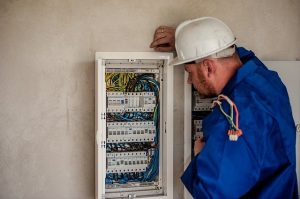Navigating Car Logbook Loans: A Balanced Perspective
When probing avenues to unlock liquidity, car logbook loans emerge as a compelling contender. Yet, akin to all fiscal undertakings, they unfurl a tapestry of boons and banes. Grasping this dual spectrum equips you to judiciously determine the appropriateness of deploying this mechanism for monetary acquisition.
Advantages of Car Logbook Loans:
Ease of Access: Car logbook loans cater especially to individuals whose credit portfolios aren’t pristine. With the vehicle serving as collateral, credit evaluations become secondary.
Expedited Funding: Eschewing the protracted vetting inherent in orthodox loans, car logbook loans expedite fund allocation, standing as a beacon during fiscal exigencies.
Continued Vehicle Use: Though the logbook transitions to the lender’s custody, the vehicle remains at your disposal, ensuring unhindered Daily commutation.
Adaptable Loan Quantum: Anchored to your vehicle’s valuation, these loans furnish the latitude to procure funds that dovetail with your precise monetary requisites.
Drawbacks of Car Logbook Loans:
Elevated Interest Dynamics: These loans frequently bear interest rates that eclipse those of conventional loans, culminating in heftier interest outlays over the loan’s lifespan.
Repossession Perils: Any lapse in honouring the stipulated repayment cadence could empower the lender to reclaim your vehicle, jeopardising your tangible asset.
Constrained Oversight: The realm of car logbook loans might be less ensconced in robust regulatory frameworks, potentially paving the way for inequitable lending paradigms.
Potential Negative Equity: A marked depreciation in your vehicle’s market stance could culminate in a scenario where the outstanding loan surpasses the car’s worth.
Debt Quagmire: Absent prudent fiscal stewardship, these loans could ensnare individuals in recurrent indebtedness, especially if the repayment matrix proves onerous.
To encapsulate, car logbook loans can be a potent instrument for financial infusion, particularly resonating with those with blemished credit histories. They proffer agile fiscal access whilst preserving vehicle utility. Nevertheless, it’s paramount to juxtapose these merits against the backdrop of steeper interest metrics and repossession vulnerabilities. Embark on an exhaustive fiscal introspection and assess your reimbursement prowess prior to anchoring onto a logbook loan.
For an enriched understanding, kindly peruse our website Logbook Money Eligibility





